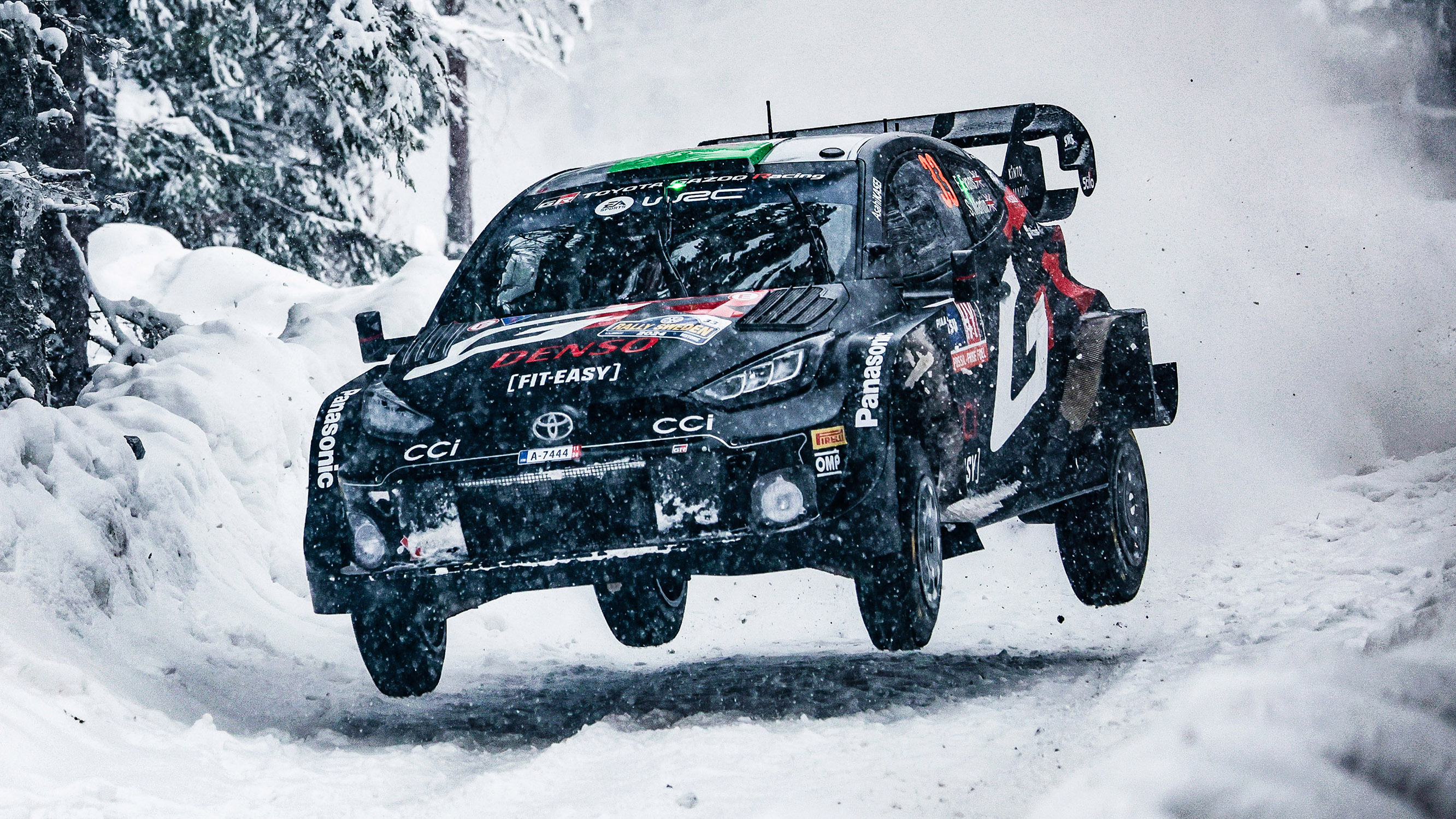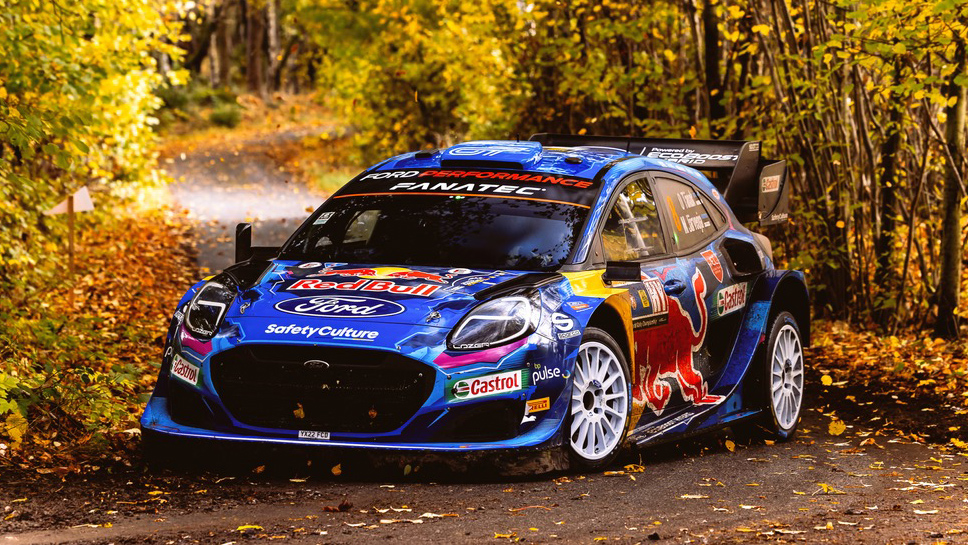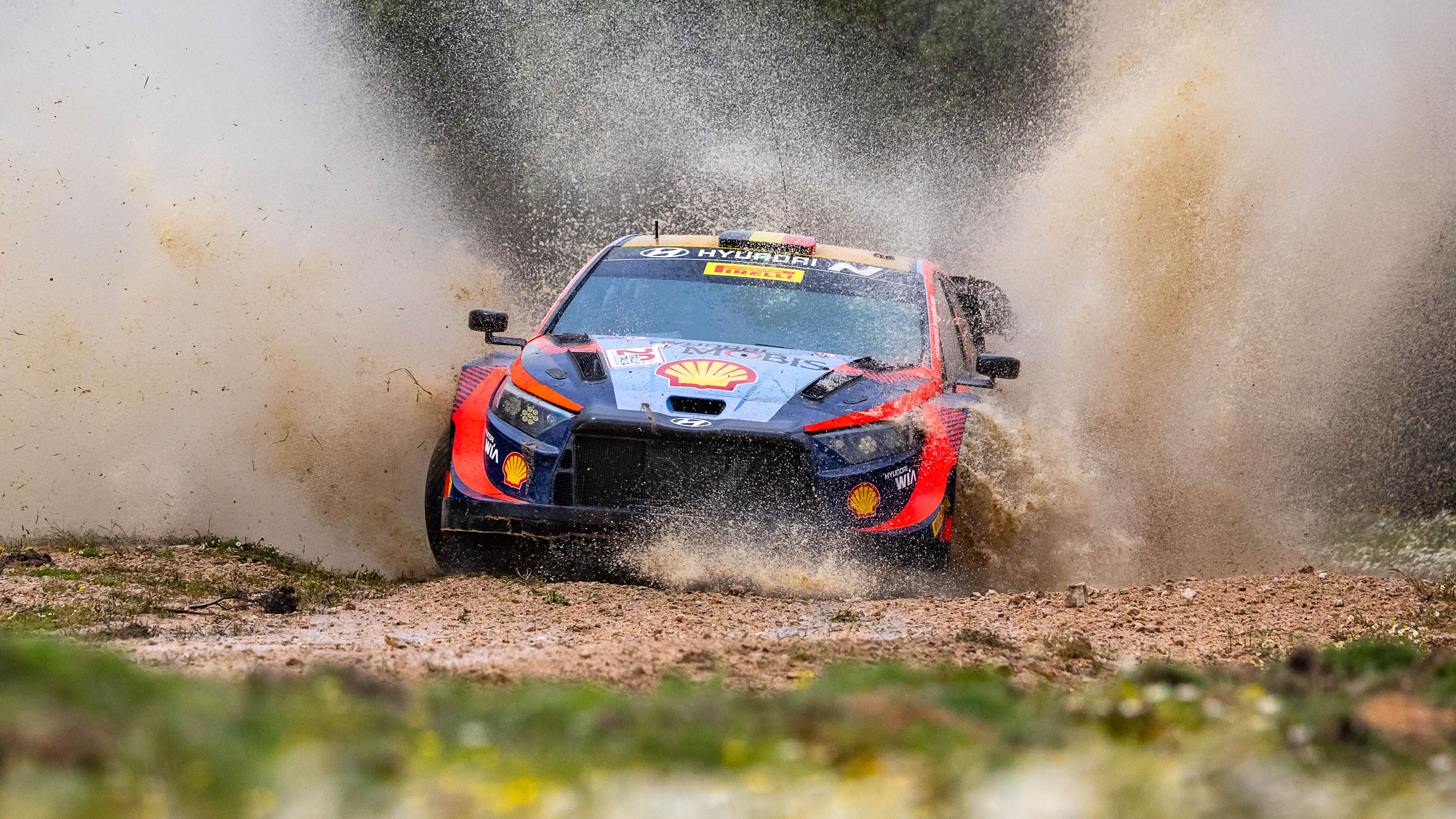
Goodbye hybrids: WRC is set to ditch its electric motors to go petrol-only in 2025
Top class rally cars will lose their hybrid systems from next year, but a fully electric class is still on the horizon
The World Rally Championship only introduced its plug-in hybrid Rally1 cars in 2022, but it has already confirmed the electric gubbins will be ripped out from next year to make the cars lighter and less complicated.
The decision to strip the hybrid systems from top class cars was confirmed at the FIA’s importantly-titled World Motor Sport Council meeting after recommendations made by the WRC Working Group were given the green light.
This means from the 2025 season onwards Rally1 cars will solely run on sustainable fuels. We’re told performance shouldn’t suffer all that much despite the loss of the 100bhp+ electric motors, with less weight and a reduction in the air restrictor allowing the turbos to breathe a little easier.
Rally2 cars will also change next year, with those competing in WRC events allowed to fit a larger restrictor, a bigger exhaust, a flappy paddle gearbox and a rear wing in order to reduce the gap to the Rally1 cars up ahead.
Then, from the 2026 season, we’ll see the introduction of new Rally1 regulations that will see a common safety cell used by all teams and the bodywork of production cars loosely draped over the top. At that point power will be capped at around 330bhp and engines and transmissions will come from Rally2 cars to keep costs down. Each car will have a cost cap of €400,000 and – here’s the best bit – “WRC manufacturers will be required to make their cars available for sale directly from the finish parc fermé of a WRC event”.
All of this doesn’t mean that rallying has given up on electric power altogether though. In fact, the FIA says that “at the earliest opportunity, an electric category will be introduced into the WRC”. It wants those future EVs to achieve performance similar to the Rally1 cars running on sustainable fuel, so we could see electric vs petrol battles in WRC in the near future.
The plans set out by the WRC Working Group also included things like introducing a new ‘WRC Promotion Team’ within the FIA to further promote the championship. Oh, and event organisers will be given more freedom to develop the routes of their rallies, while the calendar may include “shorter sprint-style and longer endurance events”. There will also be a limit on the number of personnel who can work for a three-car team, and service parks will change to use existing local structures to reduce transportation costs and emissions.
“The WMSC members carefully considered the recommendations of the WRC Working Group and were united in their support of the series of objectives that have been established,” said FIA President Mohammed Ben Sulayem.
“To be at the point where the WRC Commission can now work on finalising proposals that will go a long way towards cementing the WRC’s future course, once approved by the WMSC, is a significant moment for the championship, its stakeholders and the rallying community in general.
"It’s also important to note that the results of the WRC Fan Engagement Survey will be carefully considered by the WRC Commission during the process of drafting the final proposals. I thank all those who took part as we continue the process of delivering a WRC that’s relevant for the present and fit for the future.”
Top Gear
Newsletter
Thank you for subscribing to our newsletter. Look out for your regular round-up of news, reviews and offers in your inbox.
Get all the latest news, reviews and exclusives, direct to your inbox.
Trending this week
- Car Review
BMW iX3










